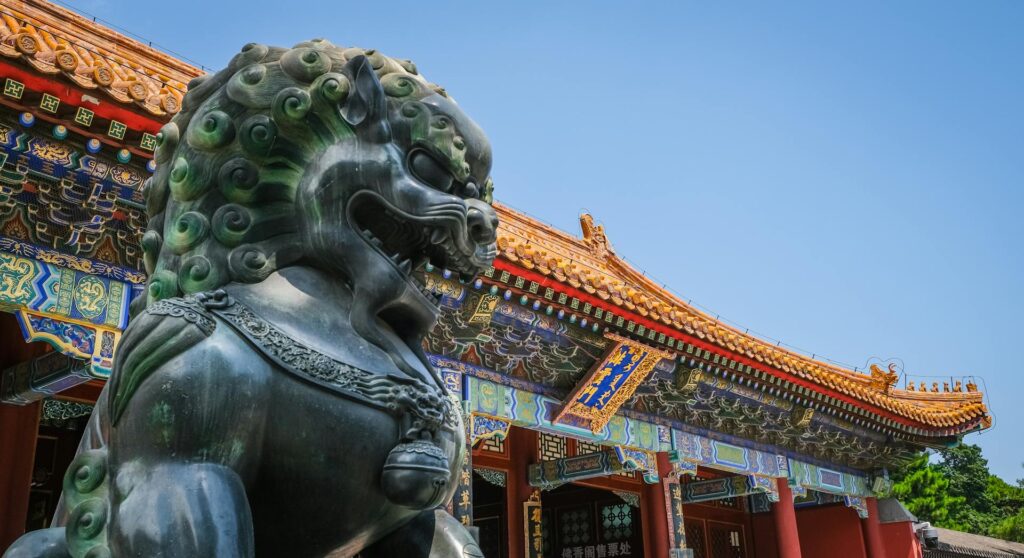China, one of the oldest civilizations on Earth, has contributed enormously to the advancement of human society through science, technology, and culture. Among its most renowned contributions are the “Four Great Inventions” — the compass, gunpowder, paper, and printing. These inventions not only transformed Chinese society but also had profound effects on the development of the world. Understanding these milestones offers a deeper appreciation of how ancient ingenuity continues to influence our lives today.
The first of the Four Great Inventions is the compass. Invented during the Han Dynasty and refined during the Song Dynasty, the compass used a magnetized needle to indicate direction. Originally created for the purpose of divination, it later became essential for navigation. With the compass, Chinese sailors could venture farther across unknown seas with greater accuracy, and the tool eventually spread to the Arab world and Europe. The compass revolutionized maritime travel, paving the way for the Age of Exploration. Without it, global trade routes, cultural exchanges, and even the mapping of the world might have unfolded very differently.
The second major invention is gunpowder. Discovered by Taoist alchemists in the 9th century who were searching for an elixir of immortality, gunpowder changed the face of warfare forever. Initially used in fireworks and signals, it soon found its way into military applications such as bombs, cannons, and firearms. The introduction of gunpowder weapons in both Asia and Europe transformed strategies of war and altered the course of history. Empires expanded, borders were redrawn, and military dominance often hinged on mastery of this explosive Chinese invention.
Next is paper, an invention attributed to Cai Lun in the Eastern Han Dynasty around 105 AD. Before paper, people used bamboo, silk, or animal bones for writing — materials that were either too bulky or expensive. The invention of paper brought a revolution in recording knowledge, making books, official documents, and correspondence more accessible and affordable. Paper not only facilitated learning within China but also had global implications when the technique spread to the Islamic world and later to Europe. The increased availability of paper fueled education, religious reformations, and eventually the scientific revolution.
Closely linked to paper is the fourth great invention: printing. While earlier forms of printing existed in other civilizations, the Chinese developed both woodblock printing and movable type printing earlier and more extensively. These techniques allowed for the mass production of books, literature, and educational materials. The spread of printed texts contributed to higher literacy rates, the dissemination of knowledge, and the preservation of history. It also played a role in the standardization of language and ideas. The printing press would later become a cornerstone of the European Renaissance, but its roots lie deep in ancient China.
Each of these inventions individually was groundbreaking. Collectively, they mark China as a birthplace of technological innovation. What makes these inventions particularly significant is their enduring influence. Even today, navigation, warfare, education, and communication depend on technologies that evolved from these ancient breakthroughs.
Modern educators often highlight these achievements when teaching world history or Chinese civilization. For example, Chinese flashcards often include the Four Great Inventions as vocabulary words or topics for cultural learning. These simple tools help students remember not only the names of the inventions but also their importance in shaping global development.
Moreover, the legacy of these inventions continues to inspire innovation. Chinese advancements in high-speed rail, telecommunications, and renewable energy show that the spirit of creativity and problem-solving that fueled these early inventions is still alive today. By understanding the historical significance of the compass, gunpowder, paper, and printing, we can better appreciate how innovation can ripple across centuries and continents.
In conclusion, the Four Great Inventions of China that changed the world are more than just historical achievements — they are timeless examples of human ingenuity. These innovations laid the groundwork for modern science, global interaction, and cultural exchange. They remind us that ideas, when nurtured, can transcend borders and shape the destiny of civilizations. From ancient dynasties to modern classrooms, their impact is still being felt — a true testament to the power of invention.
Source: PR News Releaser


Comments